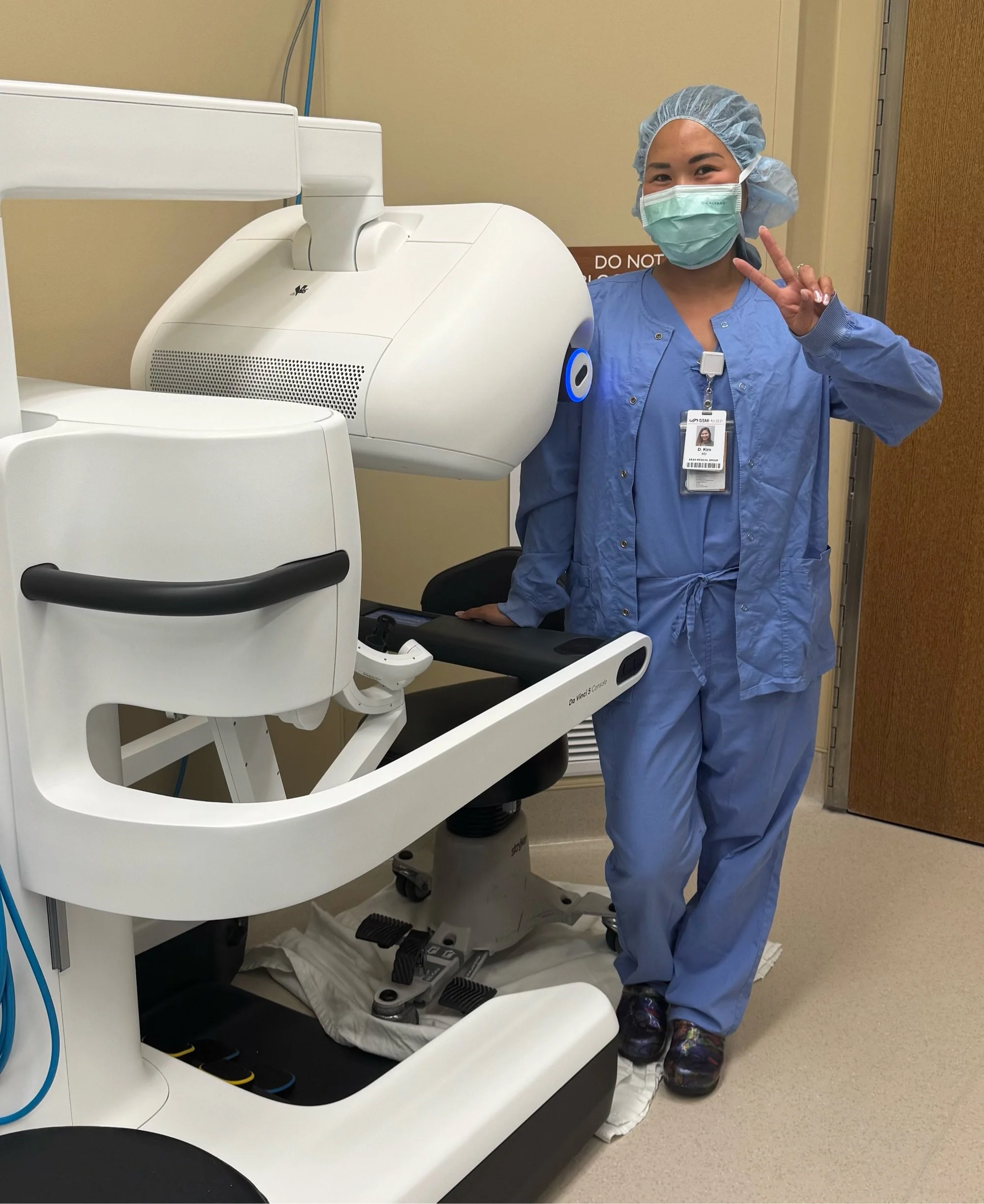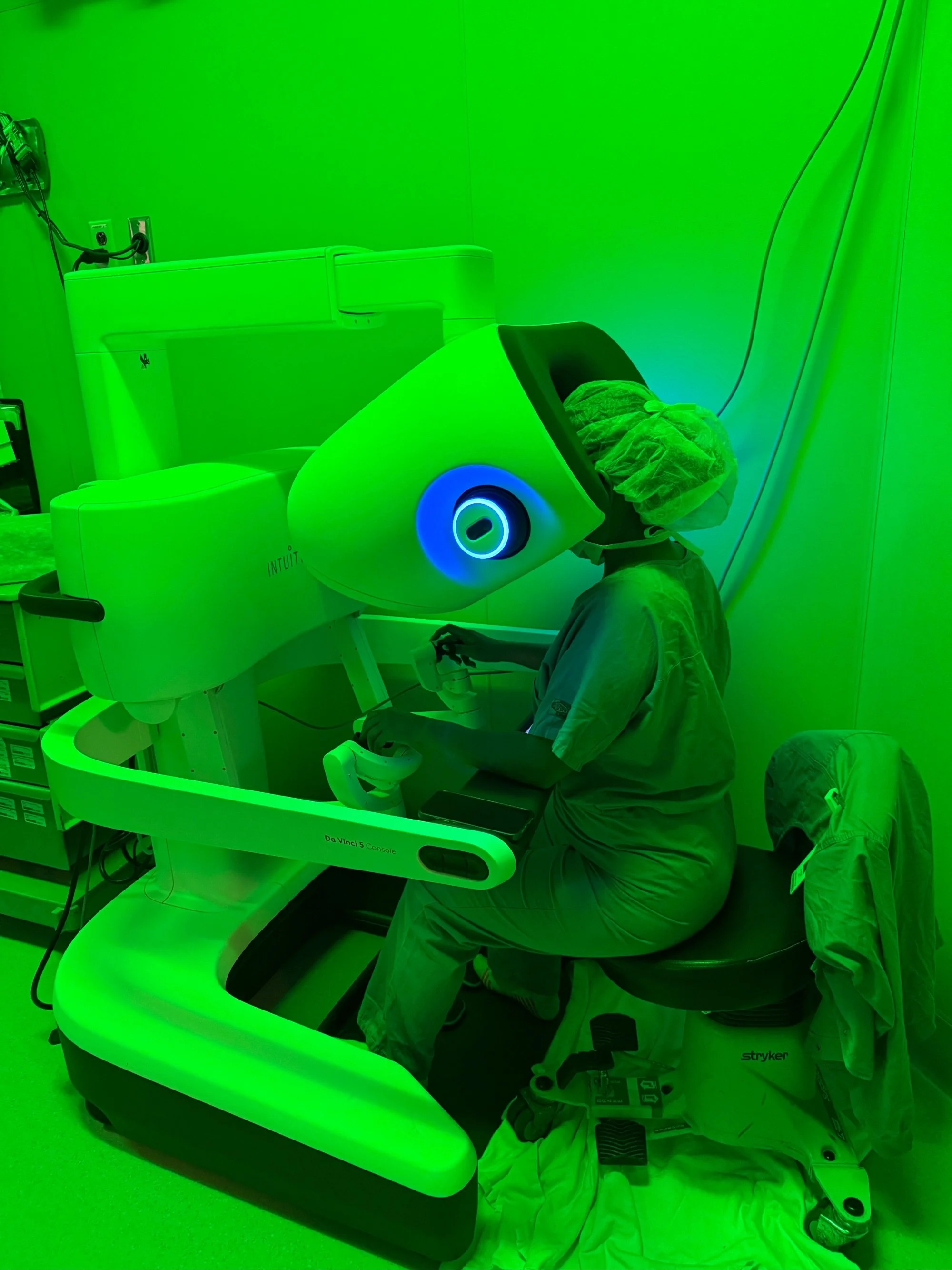Madison Wisconsin Acid Reflux Surgery
Acid reflux occurs when stomach acid backs up into the esophagus and causes a range of symptoms including heartburn, bloating or burping, chest pain, sour or bitter taste in your mouth, regurgitation (food or liquid coming back up), hoarseness or a scratchy voice, chronic cough, dental issues, trouble swallowing or feeling like food is stuck in your chest or throat.
Acid Reflux (Foregut) surgery focuses on treating conditions that affect the upper part of the digestive system, including the esophagus, stomach, and first part of the small intestine. These surgeries are often performed using minimally invasive techniques for faster recovery and less discomfort. The goal is to relieve symptoms, decrease medication dependence, and enhance quality of life.
Types of Acid Reflux Procedures
-
After dissecting the stomach and esophagus, the stomach is pulled completely under the diaphragm. The diaphragm is then cinched down to a normal size. The closure may be reinforced with an absorbable mesh.
-
To help recreate a more functional lower esophageal sphincter, the top of the stomach is wrapped around the lower end of the esophagus. This increases resistance and prevents acid from regurgitating into the esophagus.
Previously a full wrap, also described as a Nissen, was considered the standard of care.
While it helped with acid reflux, many patients had side effects of bloating and trouble burping and vomiting when needed.
Currently, a partial wrap, the Toupet fundoplication, is more commonly performed. It is just as effective in controlling acid reflux as a Nissen, but comes with fewer side effects. Patients experience less bloating and keep the ability to burp and vomit.
-
LINX - Magnetic Sphincter Augmentation
Another treatment option for acid reflux is the Linx device. This is a small ring of magnetic beads placed around the lower end of the esophagus. It helps keep the LES closed to prevent acid from backing up into the esophagus.
LINX is not recommended for patients with BMI >35, large hiatal hernias, and severe esophagitis.
Minimally Invasive Surgery
With the aid of world-class robotic technology, surgery can be performed through smaller incisions—resulting in less pain, reduced risk of complications, and a quicker, more comfortable recovery. This advanced approach allows for greater surgical accuracy while prioritizing your healing and overall experience.
Precise Instruments
Seated at the surgical console, Dr. Doris Kim uses advanced robotic technology to precisely control a high-definition camera and delicate instruments. These tools allow her to perform your procedure through just a few small, fingertip-sized incisions—minimizing trauma to the body while maximizing accuracy, safety, and outcomes.
Acid reflux, or gastroesophageal reflux disease (GERD), affects an estimated 20% of adults in the United States—making it one of the most common digestive disorders.
Because symptoms can be so different person to person, acid reflux can be difficult to properly diagnose and treat.
Normally, a valve at the end of the esophagus - called the lower esophageal sphincter (LES)- keeps stomach acid in place. But in people with GERD (gastroesophageal reflux disease), this muscle may be weak.
A common cause of this weakness is a hiatal hernia. This is when a widened/weakened diaphragm allows part of the stomach to push up into the chest. This disruption can make the LES less effective, and allow for more acid reflux to occur.
Medications like proton pump inhibitors (PPIs) or H2 blockers can reduce acid levels in the stomach, making reflux less irritating, but it does not address the underlying anatomic problem.
Surgery is the only way to fix a hiatal hernia, which is often necessary when medication isn’t enough or symptoms are severe.

